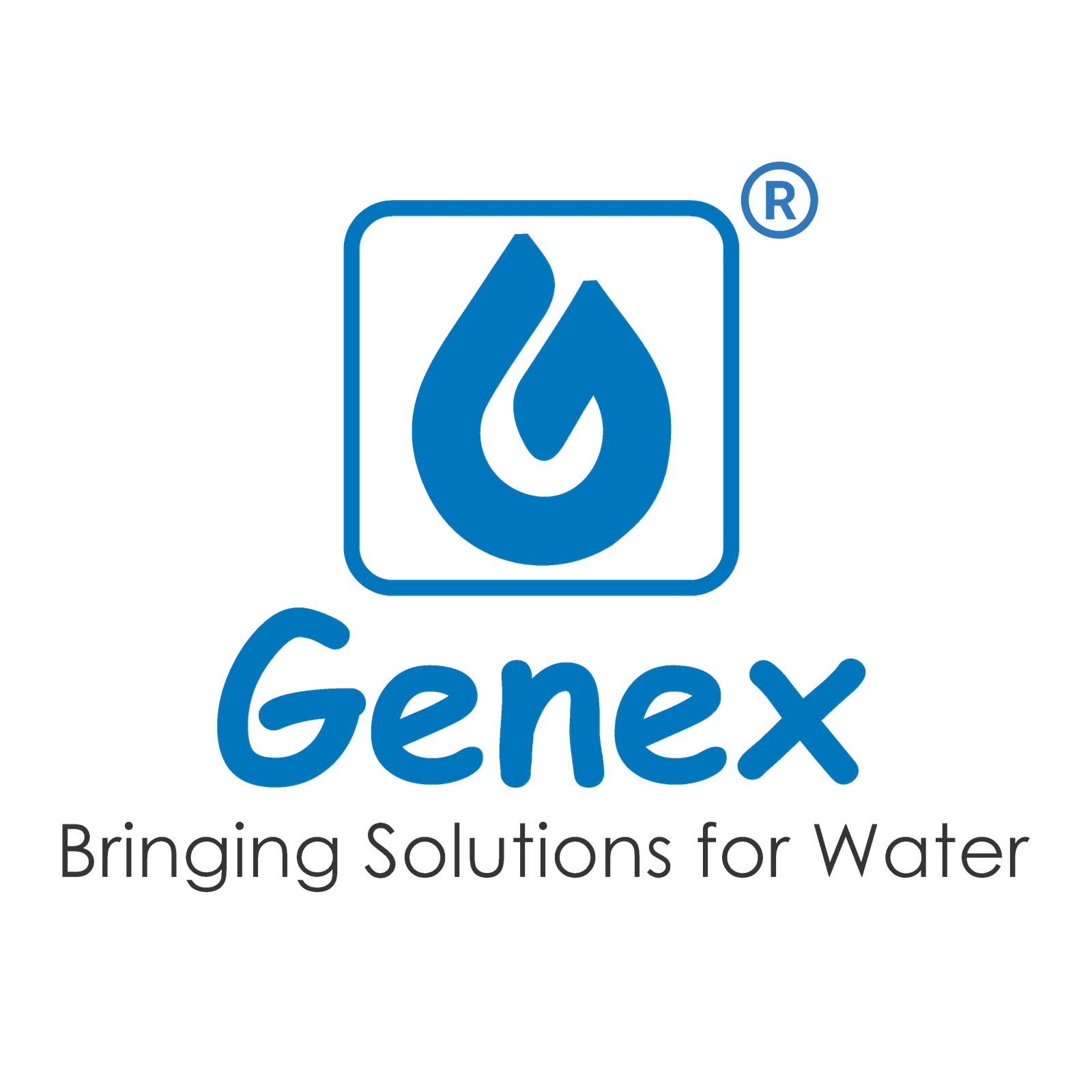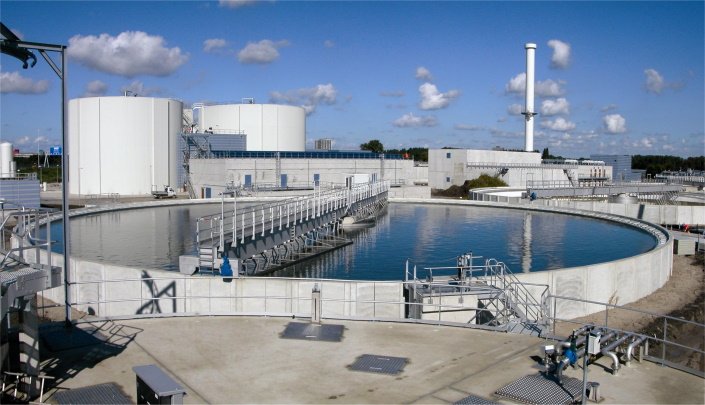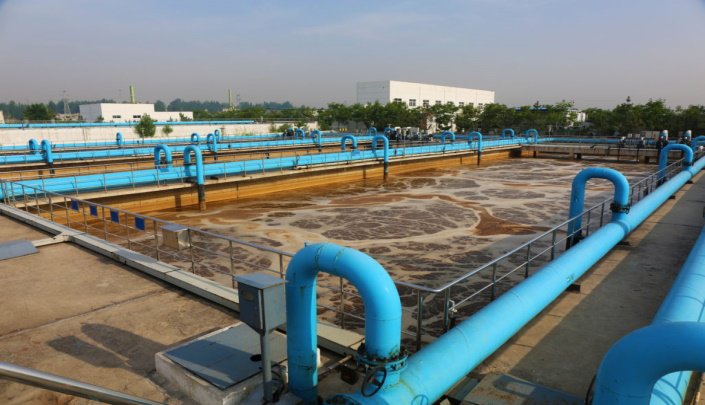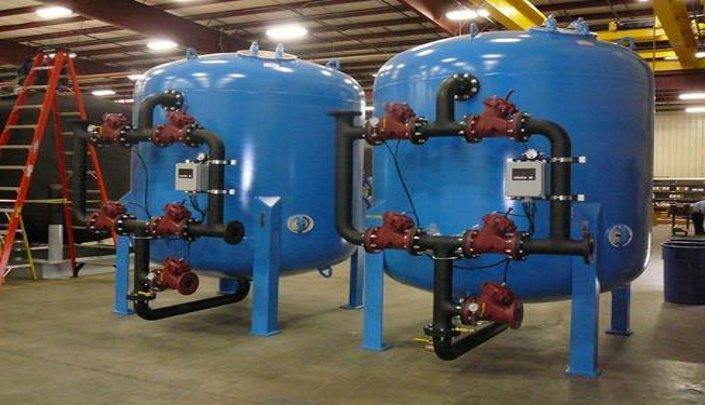

Food and beverage manufacturers are devoted to food safety, which consists of proper sanitation practices and Clean in Place (CIP) procedures. When these practices continue as being persistent, it hugely improves the company’s safety programs. If the equipment and facility meet parameters of cleanliness standards at the beginning of each function, challenges that are deep-rooted in food production safety are reduced. In turn, when wastewater operators are informed and educated about sanitation and CIP process, proper wastewater treatment agreements are used, helping meet environmental sustainability objectives.
Sanitation Best Methods
One of the most significant forms of sanitation and wastewater treatment is having a highly skilled staff. Moreover, to sanitation and wastewater personnel, the maintenance staff must also understand how their activities affect sanitation efforts, as do those that are responsible for the end of production housekeeping. Understanding the link between their actions and sanitation, as well as monitoring and reinforcement of best practices, helps to simplify a culture devoted to following the rules.
There are five major elements to sanitation effectively :
- 1. Environmental factors evaluation
- 2. Uninterrupted development
- 3. Application of steady, daily sanitation procedures
- 4. Regular sanitation, such as tear down and heat
- 5. Corroboration of effective sanitation
- 6. CIP affects Wastewater Treatment
There isn’t always a direct line or correlation between what happens on the facility floor and how it affects wastewater treatment. However, they are linked.
In most food & beverage and pharmaceutical facilities, chemicals like chlorine, caustic soda, phosphoric and nitric acids, sodium hypochlorite (hypo), and peracetic acid (PAA) are used to clean equipment. This water is then discharged for treatment, which causes a fluctuation in the pH level, flow rates, and temperatures. With this comes challenges for wastewater operators. Therefore, sanitation and wastewater operators must communicate regularly to improve the success of the treatment process. Wastewater operators need to know when sanitation processes occur, the chemicals used, and the volume of water. This keeps all operators on the same page for a more effectual procedure.
The threats of not developing CIP
When your facility doesn’t optimize CIP, your entire wastewater system could be at risk. If the higher flow rates during CIP and sanitation are not taken into account, undersized equalization tanks may be in place, resulting in poor wastewater treatment.
Pollutant loading rates are then underestimated or calculated for general production, and because the higher initial contaminant load is not accounted for during cleaning up and CIP, treatments are not completely optimized.
If the facility does not have a flow meter in place, this can cause under- and over-estimates of water and chemical usage. Without the authenticity that good sanitation processes and CIP can offer, data is typically full of errors, making it very challenging to enact a sustainability plan.
Automated Wastewater Treatment Can Solve Human Error and Lower Operational and Chemical Costs Don’t know where to start? No problem! We’ll ask the right questions to the sanitation and wastewater personnel to design the exact solution for your certain needs.
Generally, CIP processes occur at the same time on a consistent basis. With proper sampling and testing of wastewater to understand the pattern, DMP’s automation potential can successfully and efficiently manage your wastewater during your facility’s CIP processes. We will set flow meters to measure original process flow, engage in 24-hour composite sampling and testing of wastewater, and look at pH control loops as well as properly sized equalization equipment.
At Genex Utility, we believe in designing consolidated wastewater systems that are uncomplicated and successful. Our comprehensive approach to wastewater treatment includes design, install, and service, offering the right chemicals, and developing chemistry dosage. Clients, like this dairy producer, have noticed a cut down in chemical expenses and operational expenses after applying our solutions. Learn more about how DMP can help simplify and perfect your wastewater treatment processes.















